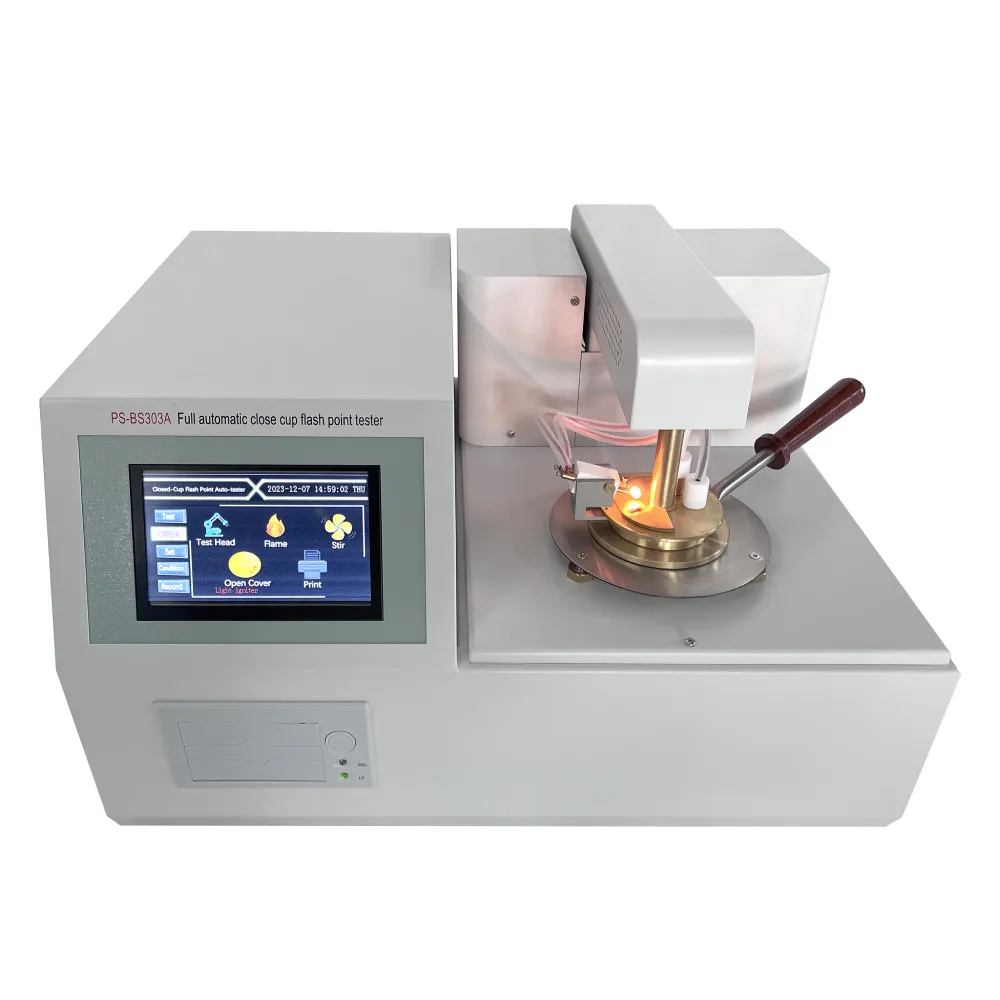 English
English



-
 Afrikaans
Afrikaans -
 Albanian
Albanian -
 Amharic
Amharic -
 Arabic
Arabic -
 Armenian
Armenian -
 Azerbaijani
Azerbaijani -
 Basque
Basque -
 Belarusian
Belarusian -
 Bengali
Bengali -
 Bosnian
Bosnian -
 Bulgarian
Bulgarian -
 Catalan
Catalan -
 Cebuano
Cebuano -
 China
China -
 China (Taiwan)
China (Taiwan) -
 Corsican
Corsican -
 Croatian
Croatian -
 Czech
Czech -
 Danish
Danish -
 Dutch
Dutch -
 English
English -
 Esperanto
Esperanto -
 Estonian
Estonian -
 Finnish
Finnish -
 French
French -
 Frisian
Frisian -
 Galician
Galician -
 Georgian
Georgian -
 German
German -
 Greek
Greek -
 Gujarati
Gujarati -
 Haitian Creole
Haitian Creole -
 hausa
hausa -
 hawaiian
hawaiian -
 Hebrew
Hebrew -
 Hindi
Hindi -
 Miao
Miao -
 Hungarian
Hungarian -
 Icelandic
Icelandic -
 igbo
igbo -
 Indonesian
Indonesian -
 irish
irish -
 Italian
Italian -
 Japanese
Japanese -
 Javanese
Javanese -
 Kannada
Kannada -
 kazakh
kazakh -
 Khmer
Khmer -
 Rwandese
Rwandese -
 Korean
Korean -
 Kurdish
Kurdish -
 Kyrgyz
Kyrgyz -
 Lao
Lao -
 Latin
Latin -
 Latvian
Latvian -
 Lithuanian
Lithuanian -
 Luxembourgish
Luxembourgish -
 Macedonian
Macedonian -
 Malgashi
Malgashi -
 Malay
Malay -
 Malayalam
Malayalam -
 Maltese
Maltese -
 Maori
Maori -
 Marathi
Marathi -
 Mongolian
Mongolian -
 Myanmar
Myanmar -
 Nepali
Nepali -
 Norwegian
Norwegian -
 Norwegian
Norwegian -
 Occitan
Occitan -
 Pashto
Pashto -
 Persian
Persian -
 Polish
Polish -
 Portuguese
Portuguese -
 Punjabi
Punjabi -
 Romanian
Romanian -
 Russian
Russian -
 Samoan
Samoan -
 Scottish Gaelic
Scottish Gaelic -
 Serbian
Serbian -
 Sesotho
Sesotho -
 Shona
Shona -
 Sindhi
Sindhi -
 Sinhala
Sinhala -
 Slovak
Slovak -
 Slovenian
Slovenian -
 Somali
Somali -
 Spanish
Spanish -
 Sundanese
Sundanese -
 Swahili
Swahili -
 Swedish
Swedish -
 Tagalog
Tagalog -
 Tajik
Tajik -
 Tamil
Tamil -
 Tatar
Tatar -
 Telugu
Telugu -
 Thai
Thai -
 Turkish
Turkish -
 Turkmen
Turkmen -
 Ukrainian
Ukrainian -
 Urdu
Urdu -
 Uighur
Uighur -
 Uzbek
Uzbek -
 Vietnamese
Vietnamese -
 Welsh
Welsh -
 Bantu
Bantu -
 Yiddish
Yiddish -
 Yoruba
Yoruba -
 Zulu
Zulu
gas chromatography with headspace
Gas Chromatography with Headspace Analysis An Overview
Gas chromatography (GC) is a widely used analytical technique for separating and analyzing compounds that can be vaporized without decomposition. One innovative approach within this technique is headspace analysis, which allows for the examination of volatile compounds in matrices such as liquids, solids, and gases. By focusing on the vapor phase above a sample, headspace analysis provides a means to detect and quantify volatile substances without the need for extensive sample preparation.
Headspace analysis capitalizes on the principle of equilibrium between the sample and the gas phase. When a sample is placed in a sealed vial, volatile components will evaporate and reach a balance between the sample and the air above it. A small volume of this headspace air can then be injected into the gas chromatography system for analysis. This method is particularly advantageous for analyzing samples that contain both volatile and non-volatile compounds, as it minimizes the risk of interference and degradation of sensitive analytes.
One of the primary applications of headspace gas chromatography is in the food and beverage industry. It is used to assess the flavor profile of products, determine the presence of volatile contaminants, and ensure quality control. Headspace analysis can also be deployed in the analysis of beverages like wine and beer, where the assessment of aroma compounds is crucial for product development and quality assurance.
gas chromatography with headspace

Environmental analysis is another significant application area for headspace GC. It allows for the detection of volatile organic compounds (VOCs) in air and water samples, playing a vital role in monitoring pollution and compliance with regulatory standards. Moreover, in the pharmaceutical industry, headspace analysis is used to evaluate the purity of products as well as to identify residual solvents or impurities in finished formulations.
The advantages of headspace gas chromatography are numerous
. It reduces sample handling, minimizes the risk of contamination, and allows for a more straightforward analysis of volatile compounds. Additionally, the automation of headspace sampling has streamlined laboratory workflows, increasing throughput and efficiency.In conclusion, gas chromatography with headspace analysis is a powerful tool in modern analytical chemistry. It offers a reliable and efficient method for assessing a wide range of volatile substances across various industries, including food and beverage, environmental monitoring, and pharmaceuticals. As technology advances, the application of headspace GC is likely to expand, paving the way for more sophisticated analyses and a deeper understanding of volatile compounds in complex matrices.
-
Ensuring SF₆ Gas Safety: Introducing PUSH’s Integrated SF₆ Analyzer for Dew Point, Purity, and Decomposition MonitoringNewsJul.10,2025
-
Exploring the Main Types of Industrial Endoscopes and Their Applications Across IndustriesNewsJul.04,2025
-
Testing Equipment Industry Sees Major Advancements in 2025: Smart & Precision Technologies Lead the WayNewsJun.06,2025
-
Applications of Direct Current Generators in Renewable Energy SystemsNewsJun.05,2025
-
Hipot Tester Calibration and Accuracy GuidelinesNewsJun.05,2025
-
Digital Circuit Breaker Analyzer Features and BenefitsNewsJun.05,2025



